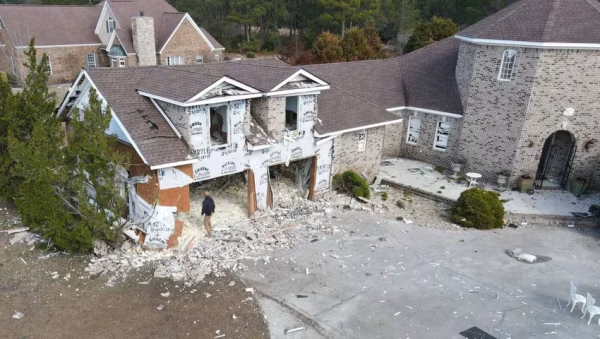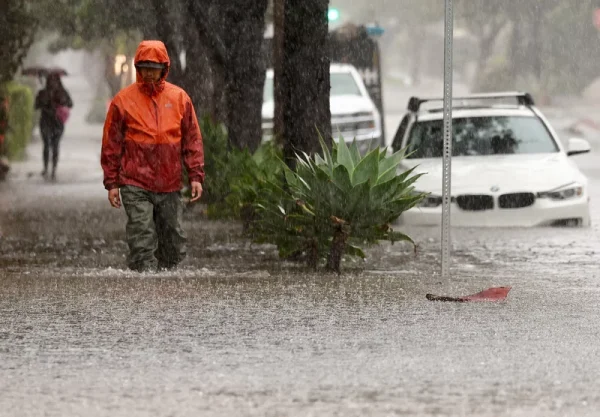Wildfires in California and Global Ice Melts
There have been multiple wildfires and massive amounts of ice have melted down just within the past 2 months. Climate change has been strange in 2021. So far this year is already one of the top ten warmest years on record, all according to the Voice of America.
The Caldor fire has burned an area half the size of Chicago. More than 10,000 acres were burned per day from Saturday, August 14th, to the 18th. With the fire spreading quickly on Wednesday, the fire had grown 24 times its size compared to Monday. More than 150 vehicles and 137 structures were destroyed. 73,400 acres were charred.
The Dixie fire in Plumas County is the largest blaze in the United States in 2021 and the third-largest wildfire in California’s recorded history. 91 structures were destroyed by the Dixie fire and only 35 percent of the fire was contained. In 24 hours, 97,000 acres exploded. The Dixie fire leveled Greenville, a town in Northern California, in the first week. In total, 432,813 acres were burned. The Dixie fire had started on July 13th. Thankfully, there were no deaths. The top seven of California’s wildfires have been from the past year.
The massive ice melt in Greenland is the 2nd largest mass of freshwater ice on the planet amassing nearly 1.8 million square kilometers (695k square miles). The ice sheet covering the vast Arctic territory has melted by about 8 billion tons a day. The temperature in Greenland has gone up 10 degrees higher than seasonal norms. “The Danish Meteorological Institute reported temperatures of more than 20 degrees Celsius (68 Fahrenheit), more than twice the normal average summer temperature, in northern Greenland” reported the VOA. The ice sheets first started melting in 1990. A European study published in January said ocean levels would rise between 10 and 18 centimeters by the year 2100.
Ice melt in one day is enough to cover 2 inches of Florida. Greenland lost more than 9.37 billion tons of surface mass. Ice loss has increased rapidly due to human-caused climate change. In 2019 alone, Greenland shed roughly 532 billion tons of ice into the sea and the global sea level rose 1.5 millimeters.
Global sea levels would rise 20 feet if all of Greenland’s ice melted. The 2021 melting season has already seen more than 110 billion tons of ice melt into the ocean.
All in all, the effects of climate change have been apparent this year and an ominous foreshadowing to the future of extreme natural events we are likely to be forced to face.











